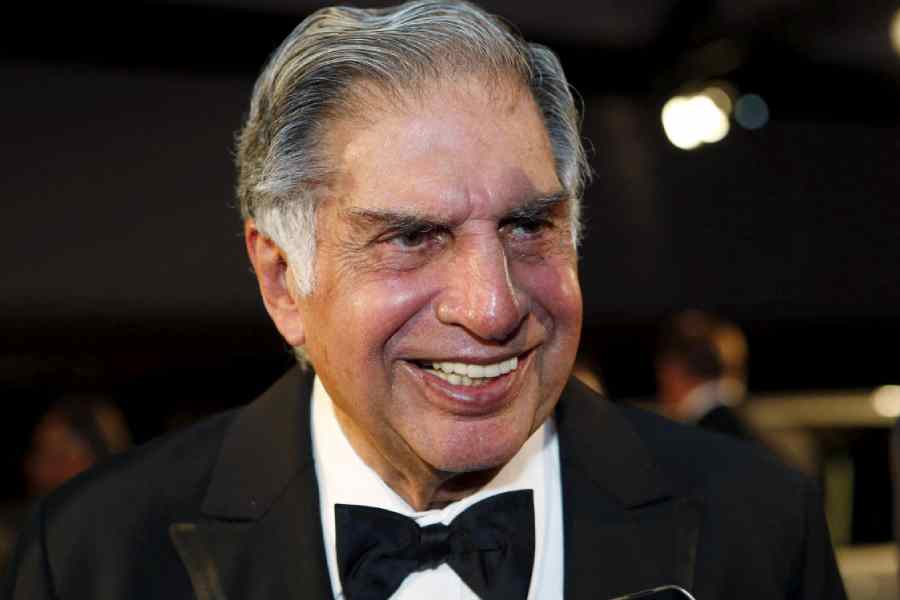It is hard to deconstruct Ratan Tata’s life: he was a man who broke with convention and journeyed down a road that opened a box of paradoxes. He was born into privilege but chose to lead an austere life. There were early signs of rebellion when he defied his father and opted to study architecture over engineering at Cornell University. Returning to India, he chafed over his tedious apprenticeship at TELCO, the early avatar of Tata Motors. The next stop at Tata Steel in Jamshedpur was only a little better. But he weathered the stint at the shop floor and stoically bore the torment of the roaring blast furnace, which steeled his resolve to carve out a place for himself at the large, loosely-structured conglomerate that was founded by his great grandfather in 1868.
He suffered the sting of disdain from the satraps who ran the largest entities within the Group. After he took over as chairman of the Tata Group in 1991, he hounded out giants like Russi Mody, who had run Tata Steel like a fief, and Darbari Seth, who had built Tata Chemicals into one of the world’s largest soda ash producers. He fashioned a unique retirement policy — almost unheard of in corporate India at that time — under which directors on the boards of Group companies would have to hang up their boots when they turned 75. But he also surprised everyone when he stuck to the rule book and stepped down as chairman in 2012. Controversies clung to him and he never backed down from a fight. One of his biggest battles was against Mamata Banerjee and her Trinamool Congress that had whipped up a storm over the Nano small car project that the Tatas intended to establish in Singur. He was bitter when he was forced to move it out to Sanand in Gujarat. He resolved never to return to Bengal and often took potshots at the state.
During his 20-year stint as Tata Group chairman, he ratcheted up Group revenues from a modest $5 billion to over $100 billion in 2012 — an achievement that was made possible because of the elaborate strategies he cobbled up to take advantage of the opportunities thrown up when India tore down the barriers to foreign investment in the early Nineties. The Tatas started to make passenger cars, forayed into telecom, acquired global brands and companies and expanded its power and hospitality businesses. There will always be a debate over the manner in which he turfed out Cyrus Mistry when his successor threatened to undermine parts of his legacy. The night of the long knives was swift and sudden; it shredded careers, reputations and friendships. In one fell swoop, the pyramidal structure of governance changed within Bombay House: the primacy of the Tata Trusts, which hold two-thirds of the stake in Tata Sons, was re-established. The new governance template will steer the Group and its fortunes. But will it remain impervious to the threats from disruptive forces and the cycles of change?











